VHO - Protecting and restoring historical and cultural relics in the "whirlwind" of urbanization and modernization is facing many challenges. Many heritage values, architectural planning, and natural heritage are at risk of being violated by the wave of real estate development projects...
These are the issues recognized at the workshop "Preserving and restoring typical historical and cultural relics, serving traditional education and economic and tourism development" jointly organized by the Vietnam National Institute of Culture and Arts (VICAS), the Department of Culture, Sports and Tourism of Ninh Binh and the Institute for Monument Conservation recently in Ninh Binh City.
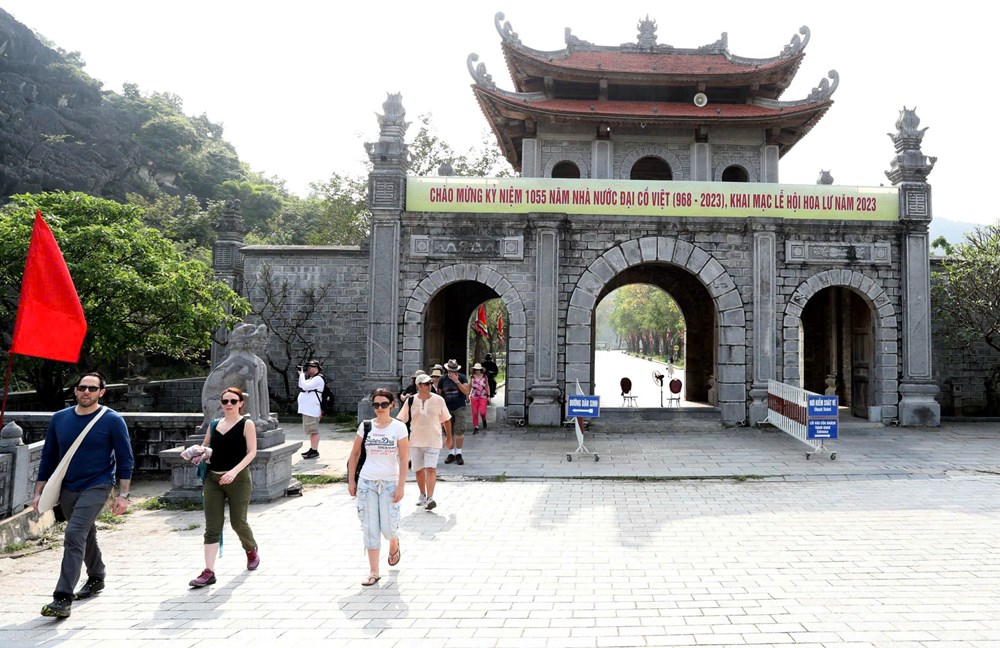
Many limitations and shortcomings
Associate Professor, Dr. Nguyen Thi Thu Phuong, Director of the Vietnam National Institute of Culture and Arts, acknowledged that over thousands of years of building and developing the country, historical and cultural relics have been and are being jointly preserved, restored and promoted by the State, the community, businesses and political , social and professional organizations.
However, this process, in addition to the achieved results, also revealed many limitations and shortcomings, typically the restoration, embellishment, and prevention of degradation of relics sometimes and in some places did not ensure the provisions of the law; the quality of human resources managing and implementing the conservation and restoration of relics was still limited. The role of the parties involved in the conservation, embellishment of relics, exploitation and development of the economy and tourism , especially the role of the community, has not been clearly decentralized, defined responsibilities, and divided benefits.
According to Architect Tran Quoc Tuan, Deputy Director of the Institute for Monuments Conservation (Ministry of Culture, Sports and Tourism), through the conservation and restoration of historical and cultural relics, propaganda, education, raising awareness of all classes of people and tourists about the identity and value of cultural heritage; promoting creative activities, developing cultural products, economy, tourism services, creating more jobs, and increasing income for people have been promoted in recent times.
However, in general, the process of protecting and promoting the value of historical and cultural relics in conjunction with education, cultural development, tourism, and promoting the development of cultural industries still has many limitations. This reality requires early solutions, supplementing appropriate mechanisms and policies to improve the effectiveness of preserving and promoting the values of historical and cultural relics in the coming time.
From the above situation, many experts have analyzed and proposed solutions, models, and lessons learned domestically and internationally to preserve and promote the value of historical and cultural relics to serve education, economic development, and tourism. Sharing the experiences of localities with strengths in cultural heritage as well as effective steps to preserve and promote the value of this heritage treasure, Director of the Department of Culture, Sports and Tourism of Ninh Binh Nguyen Manh Cuong shared that Ninh Binh always identifies cultural heritage as a potential and strength, thereby paying special attention to the work of preserving and promoting the value of cultural heritages associated with economic and tourism development, especially the system of historical, cultural relics, and typical scenic spots.
“Thousands of relics have been restored and embellished; many relics have promoted their values, contributing to educating traditions and national pride; many relics and scenic spots have become attractive tourist areas and destinations, attracting a large number of domestic and international visitors...”, Mr. Cuong said.
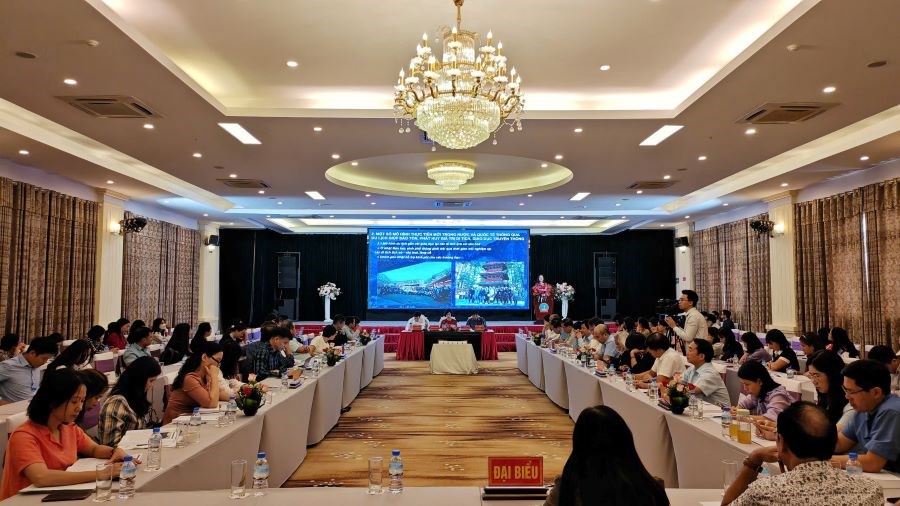
Ensure continuity, no breakage
Regarding the strategy of preserving heritage values and promoting the identity of Vietnamese urban areas, Dr. Ngo Viet Nam Son (Chairman of NgoViet Architects & Planners) noted that the rapid urbanization process has brought many socio-economic benefits. However, it is also seriously threatening the cultural and historical values of urban areas, especially in terms of planning, architecture and environment.
Vietnam, with its long history, has many ancient cities. But so far, only Hue and Hoi An have identified their historical centers and applied effective conservation policies. Dr. Ngo Viet Nam Son believes that in most other cities, especially those that are developing strongly such as Ho Chi Minh City, Hanoi, Da Nang, Phu Quoc, Ha Long, etc., many architectural planning heritage values and natural heritages are at risk of being encroached upon by the wave of real estate project development.
Mr. Son also emphasized: "The fact that many provinces and cities in Vietnam currently only focus on protecting relics and ignore the need for comprehensive solutions for historical centers and heritage areas is a strategic mistake." This leads to many heritage spaces being indirectly encroached upon by neighboring buildings. On the other hand, managers have missed the golden opportunity to renovate heritage neighborhoods that are attractive in terms of culture and history, and bring in large budget revenues. In the world, important heritage cities are well aware of the role of preserving historical centers and developing new, modern urban areas.
This expert also noted that the assumption that heritage conservation does not bring high economic efficiency, as an excuse for the construction of new degraded historical areas to increase economic efficiency for the locality, is a wrong view often used to justify projects that encroach on heritage. "Many urban managers have not realized that the economic value of heritage conservation can be much higher than that of demolition to build modern high-rise buildings," according to architect Ngo Viet Nam Son.
Associate Professor, Dr. Bui Thanh Thuy (Hanoi University of Culture) mentioned practical models related to the issue of preserving and promoting the values of historical and cultural relics, educating traditions through tourism. “Historical and cultural relics are always and need to be protected and promoted to educate traditions, connecting the past and the future for future generations. These are invaluable assets in the treasure trove of long-standing cultural heritage, are the evidences and materials that most deeply reflect the cultural characteristics, the past, the origins and the heroic tradition of fighting to build and defend the country of the nation, and are a component of the treasure trove of national cultural heritage…”, Associate Professor, Dr. Bui Thanh Thuy emphasized.
Emphasizing the greatest significance of the work of preserving and promoting the values of relics is to ensure the continuity and unbrokenness of the nation's cultural and historical traditions, Associate Professor, Dr. Bui Thanh Thuy said that preservation will enrich and deepen the life of the community, becoming a "stronghold" of traditional, historical and identity values in the integration trend.
Source: https://baovanhoa.vn/van-hoa/thanh-luy-cho-cac-gia-tri-truyen-thong-110016.html


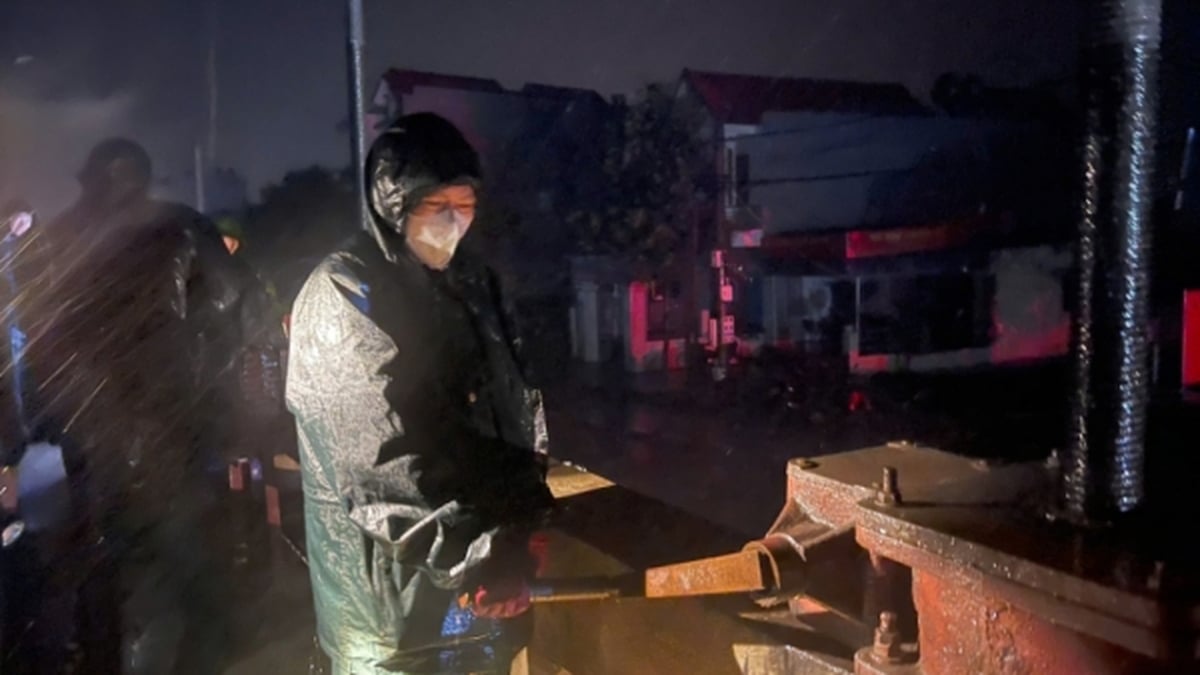
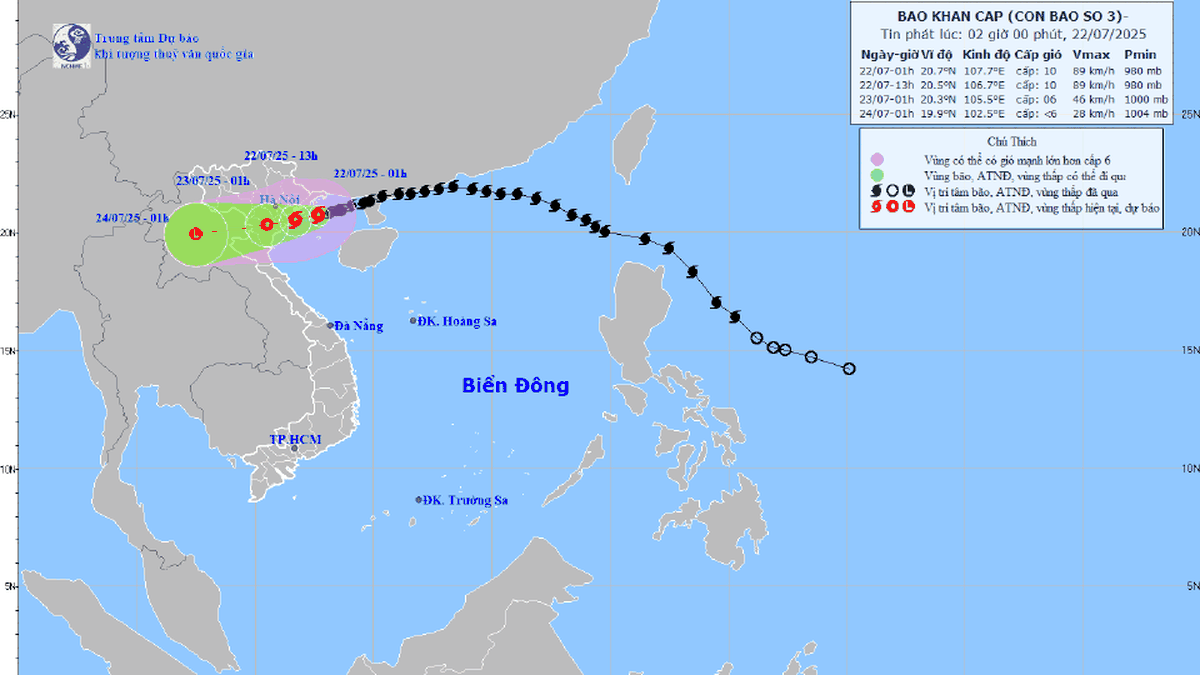
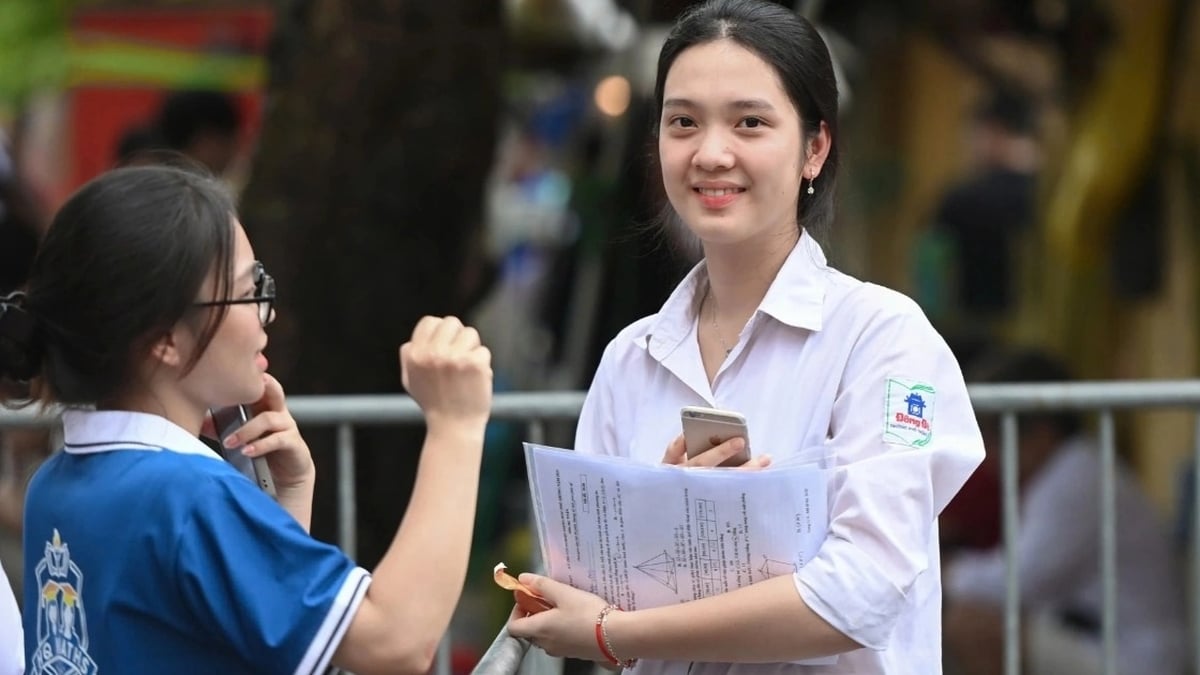


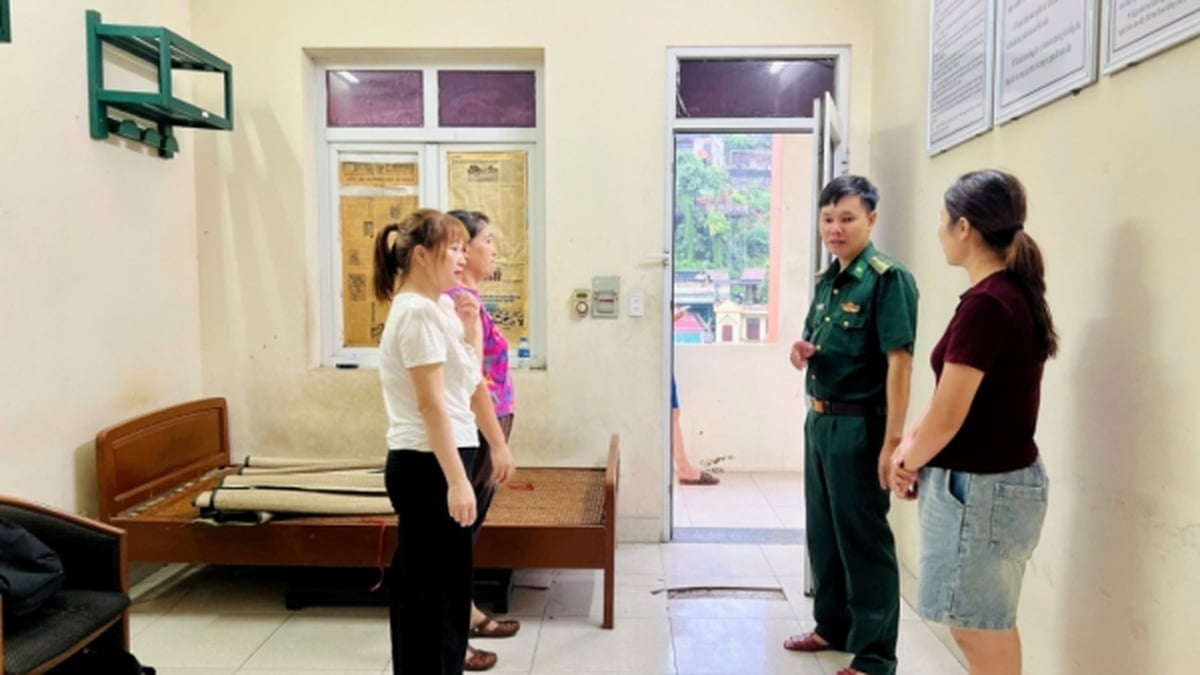
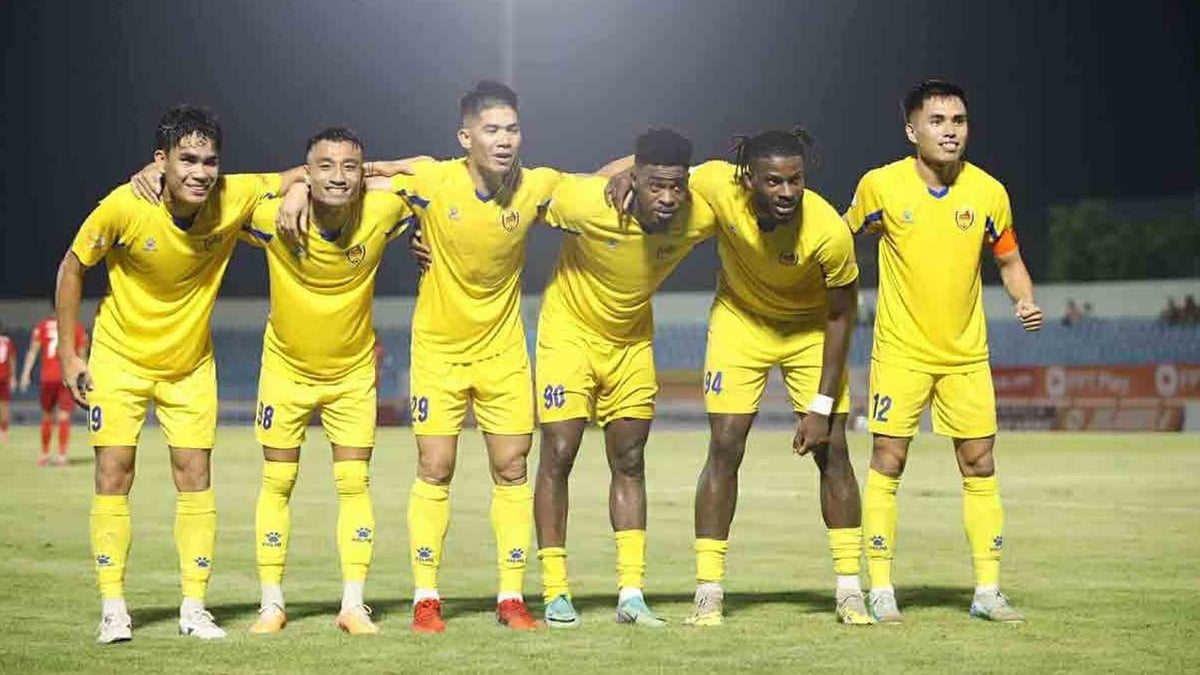

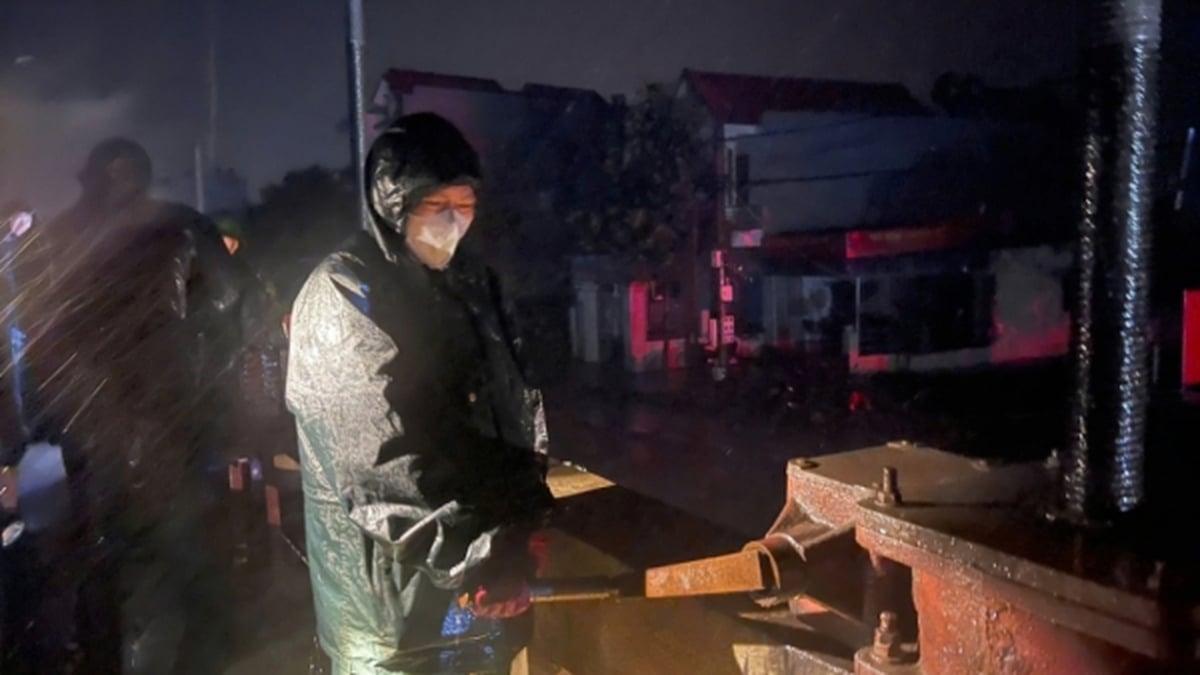
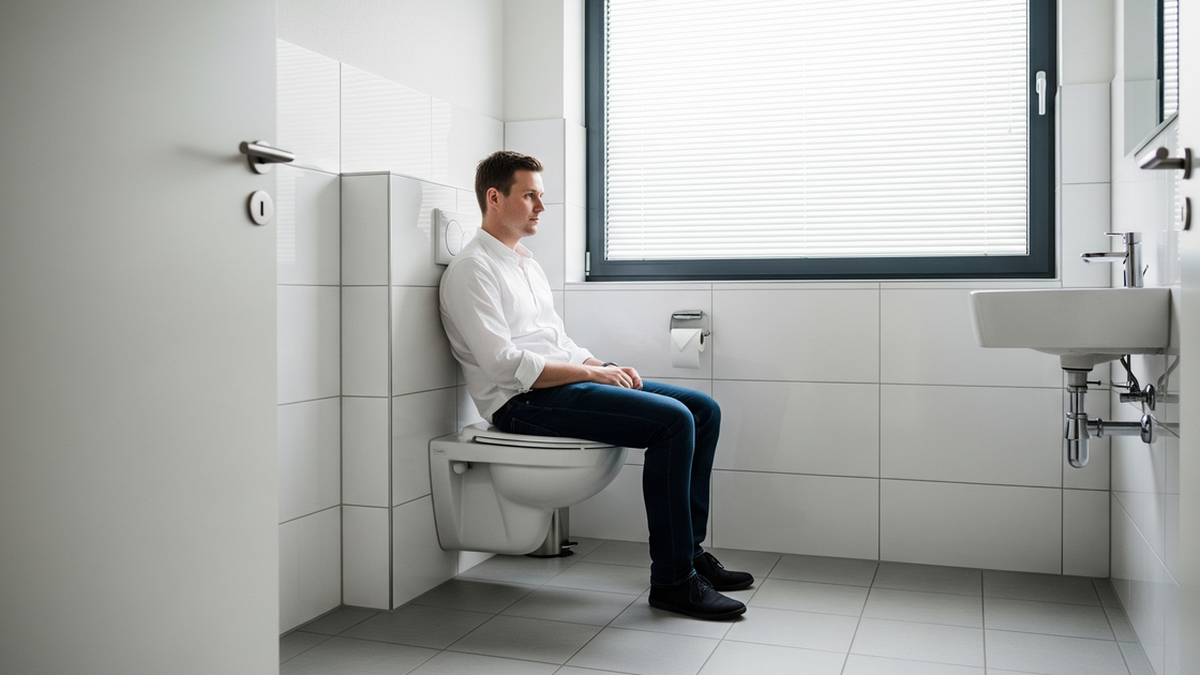

















![[Photo] National Assembly Chairman Tran Thanh Man visits Vietnamese Heroic Mother Ta Thi Tran](https://vphoto.vietnam.vn/thumb/1200x675/vietnam/resource/IMAGE/2025/7/20/765c0bd057dd44ad83ab89fe0255b783)


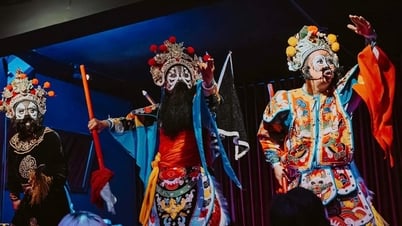
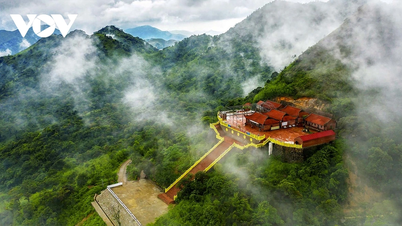



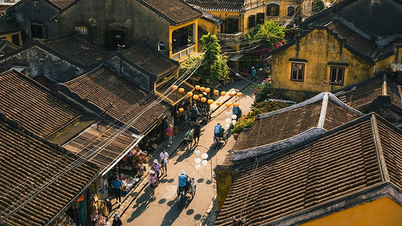



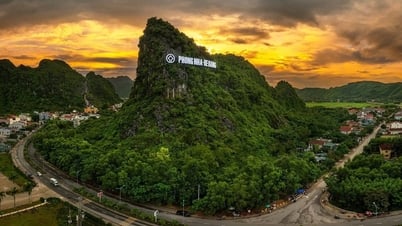



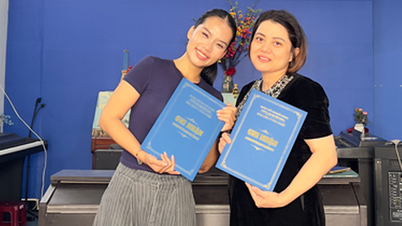
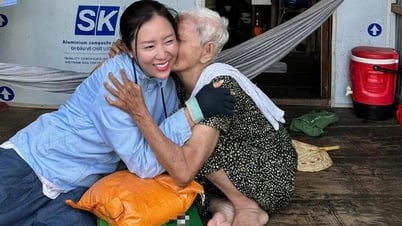
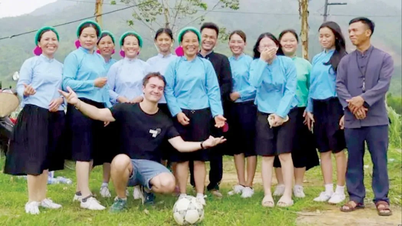



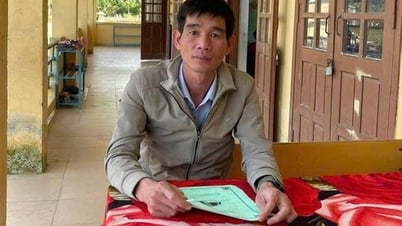
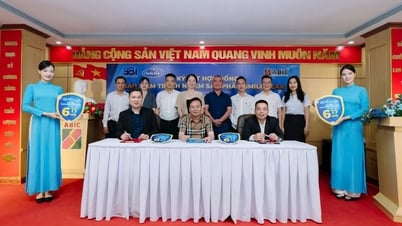



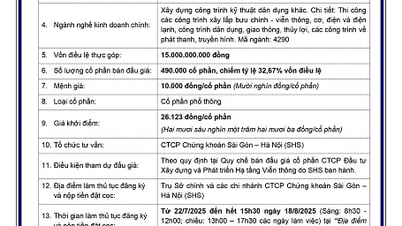




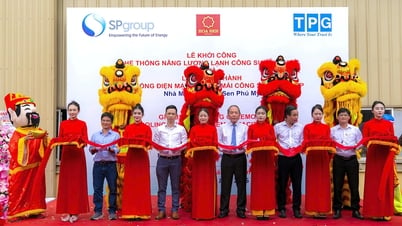
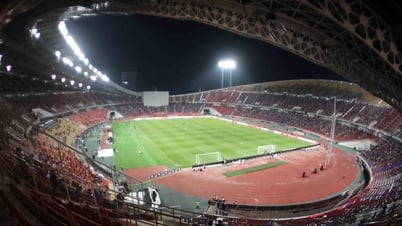

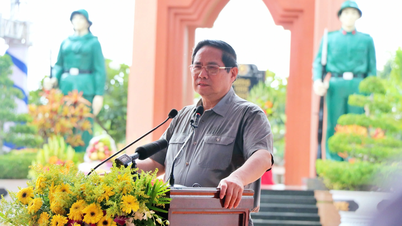


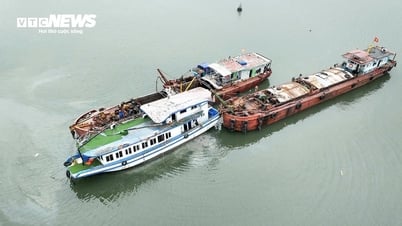


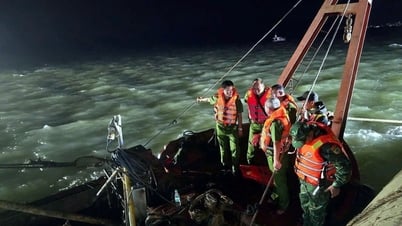
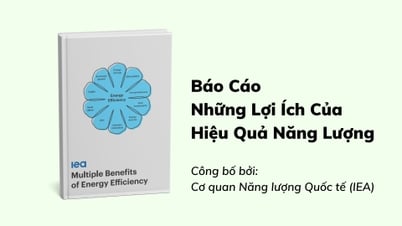



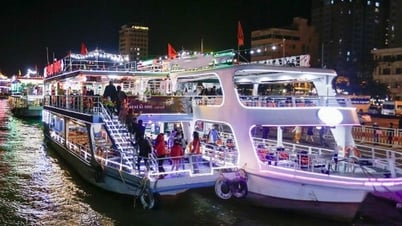


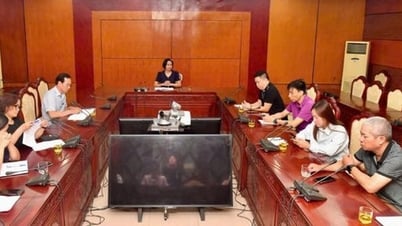
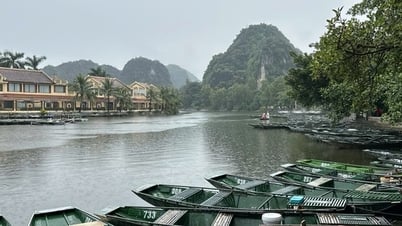


















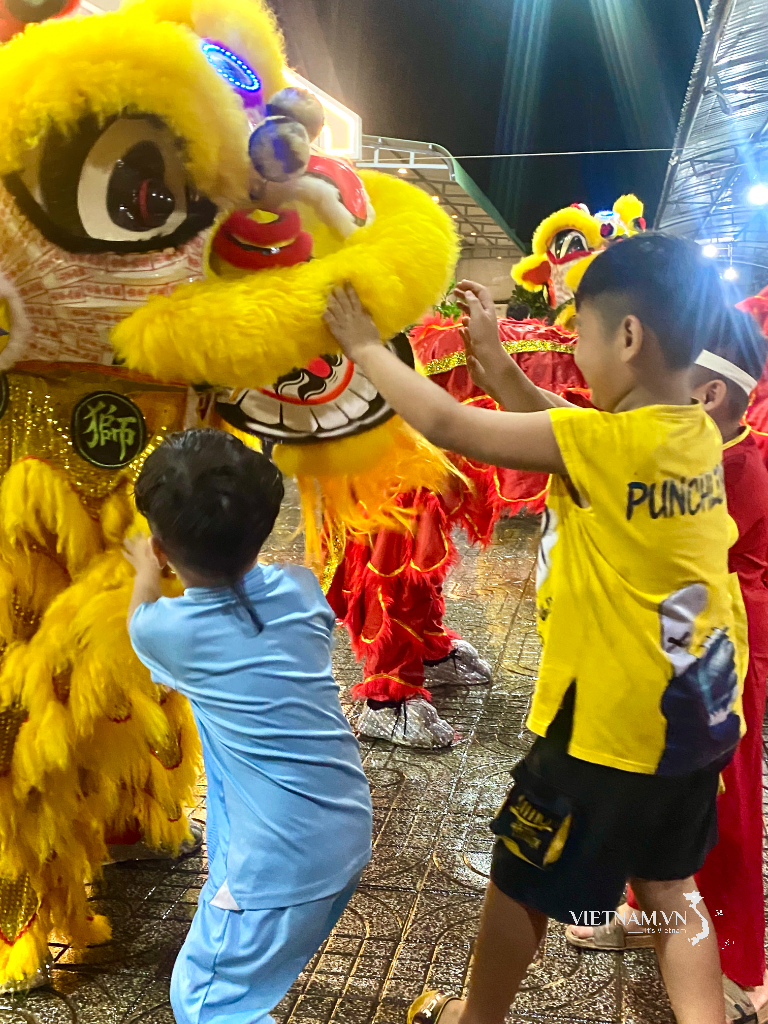
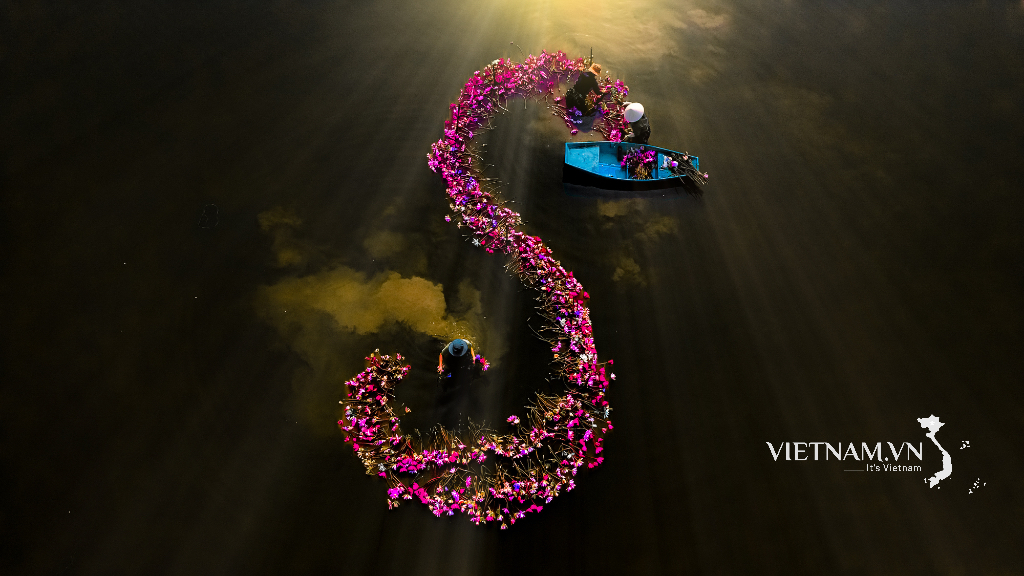
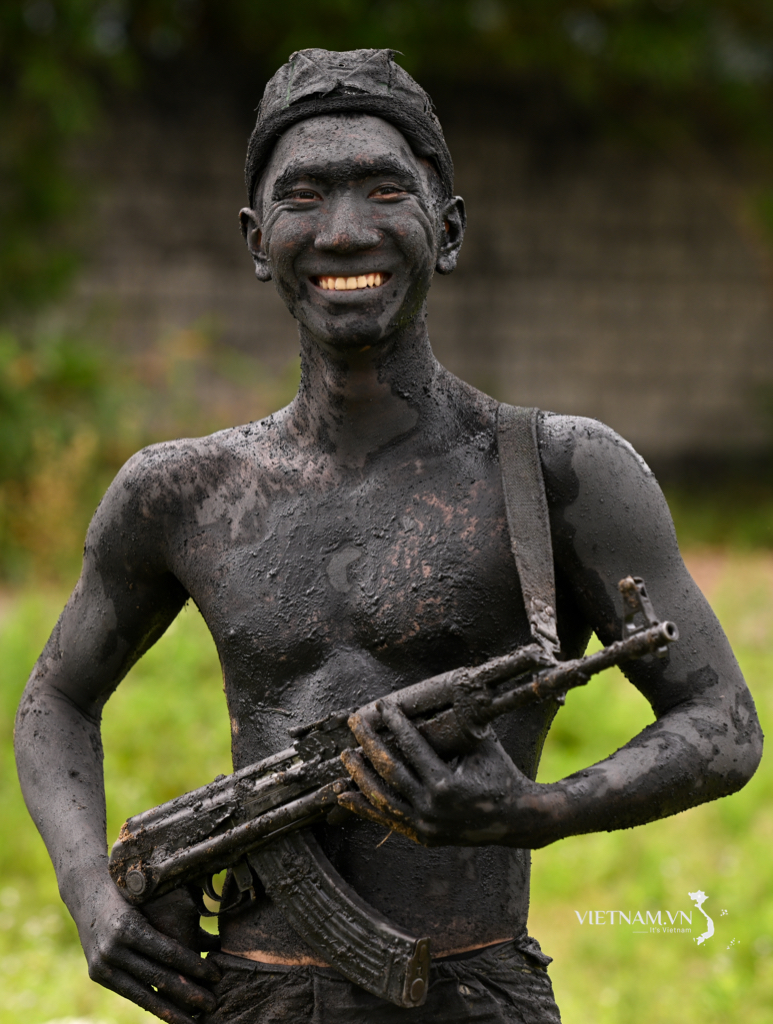
Comment (0)